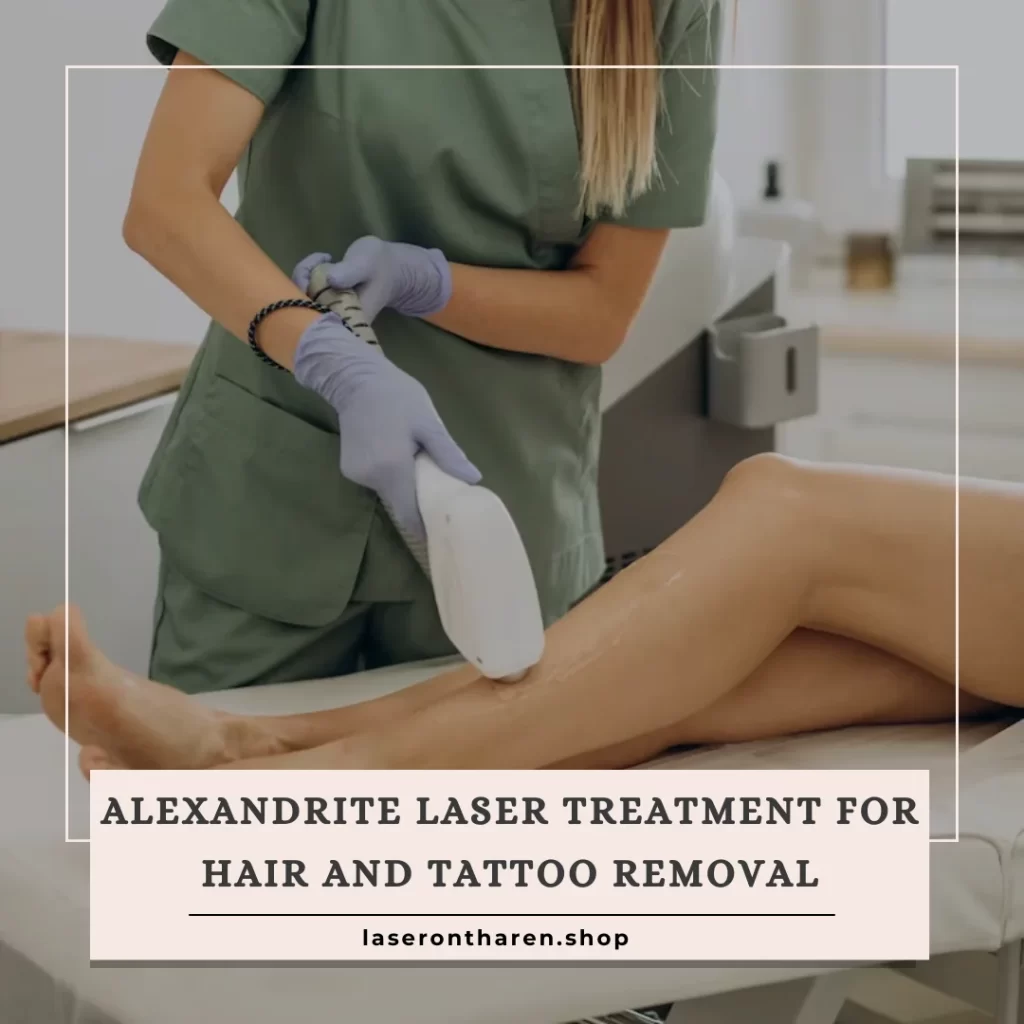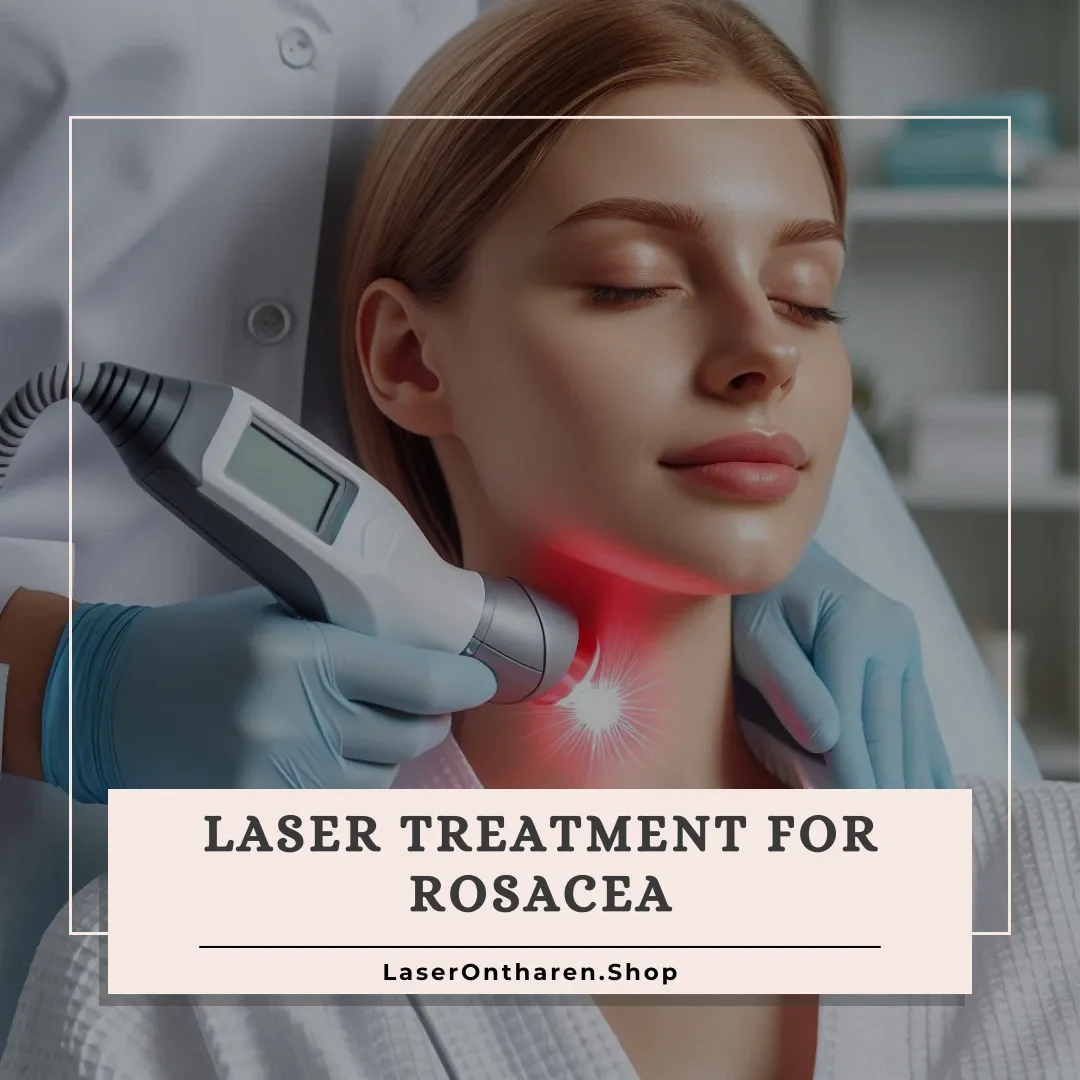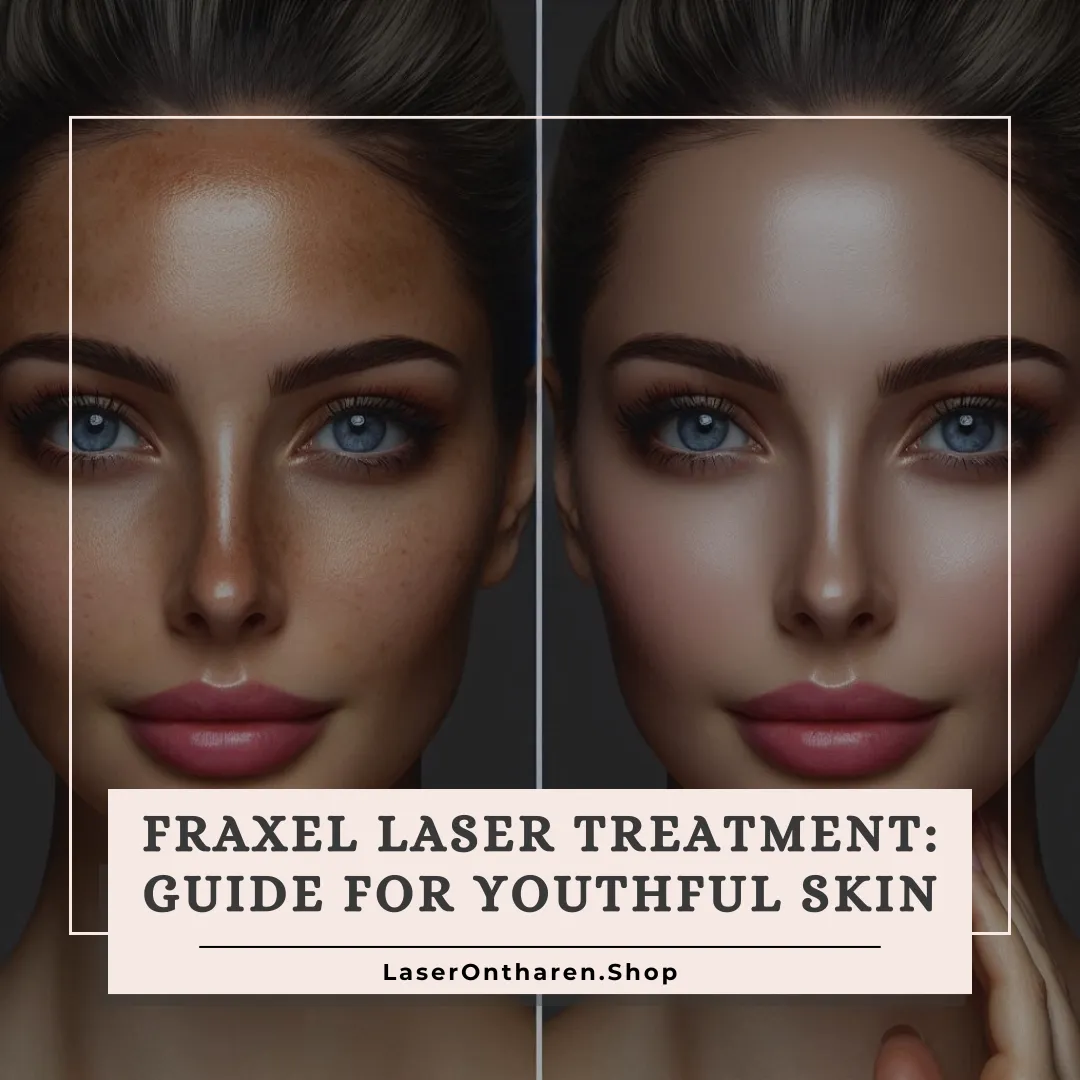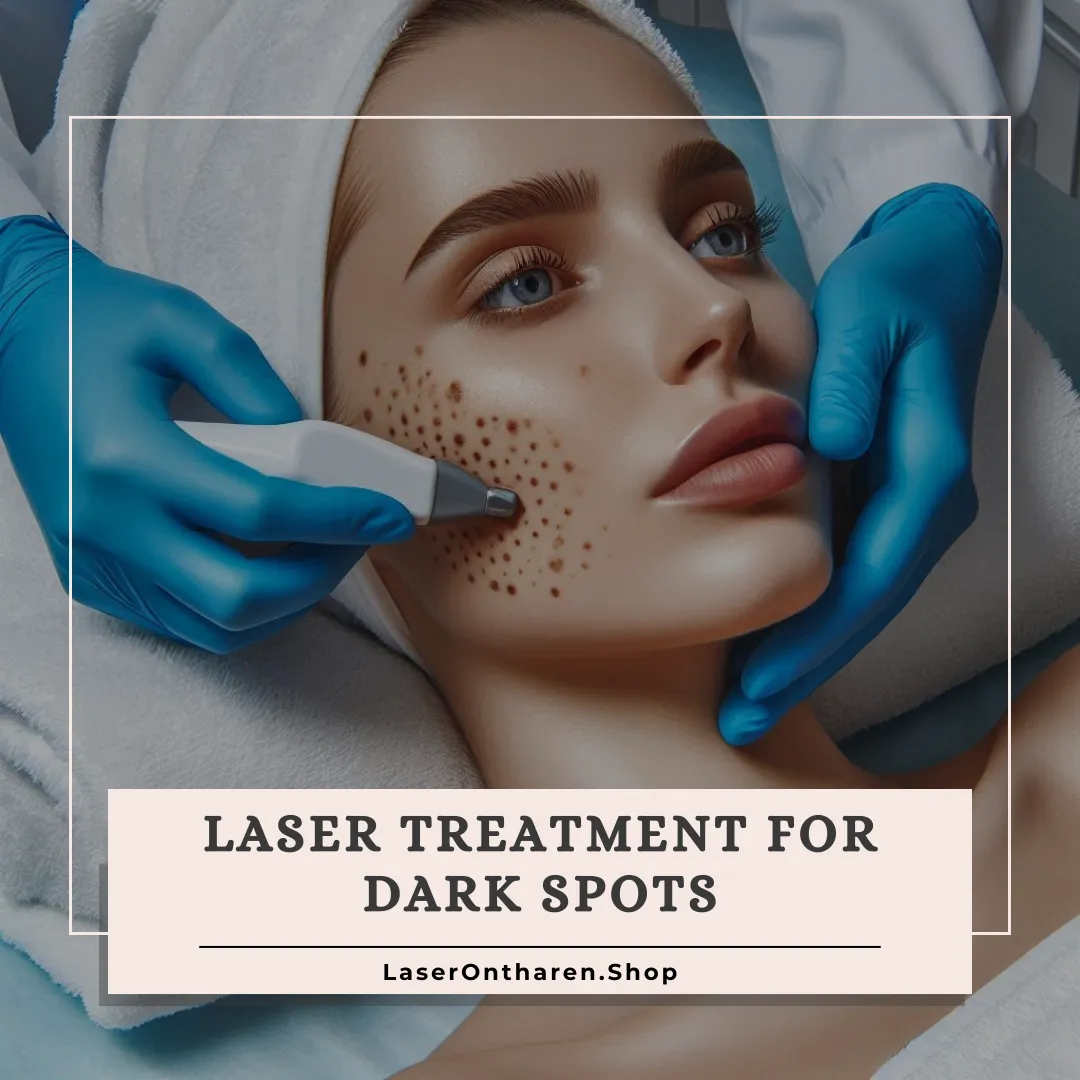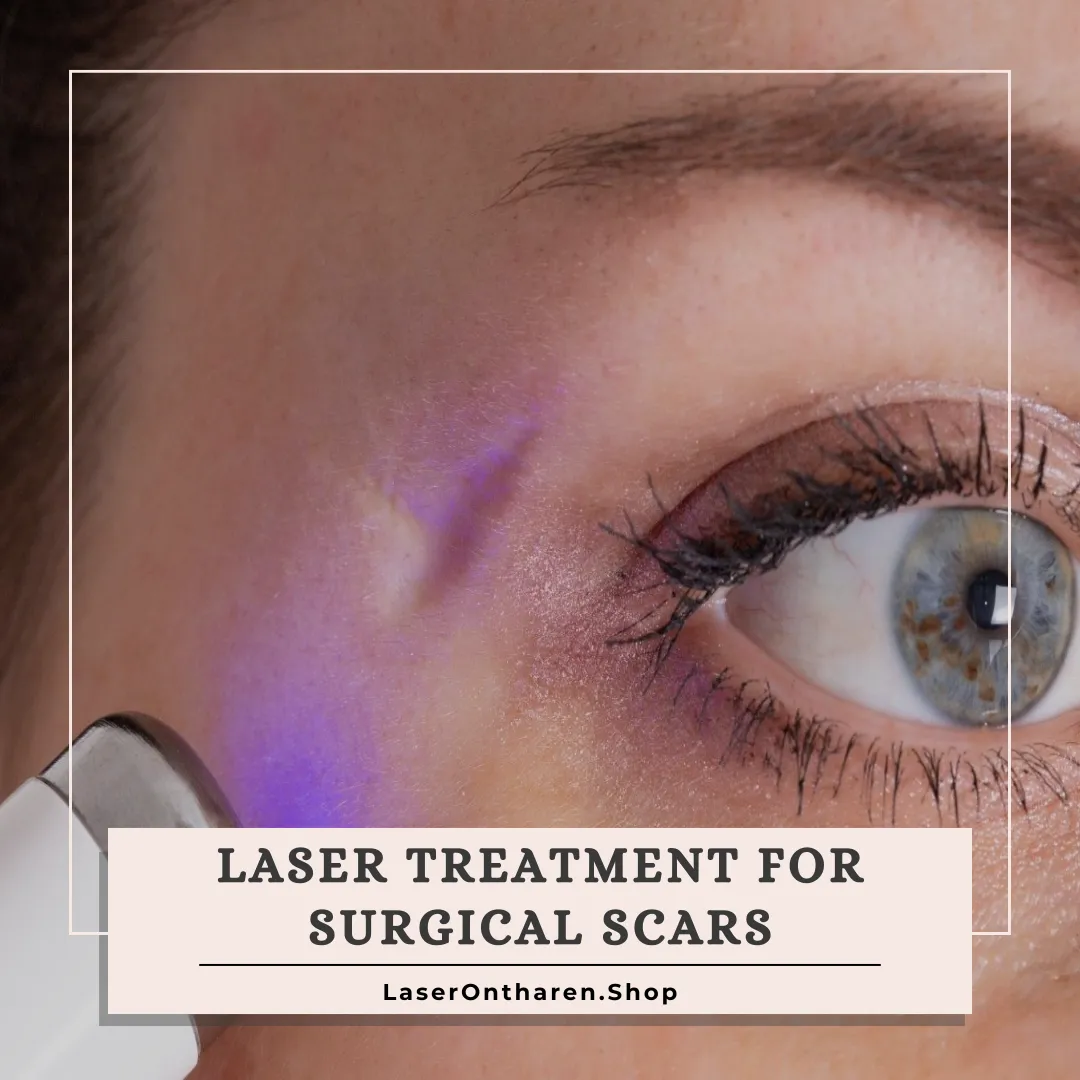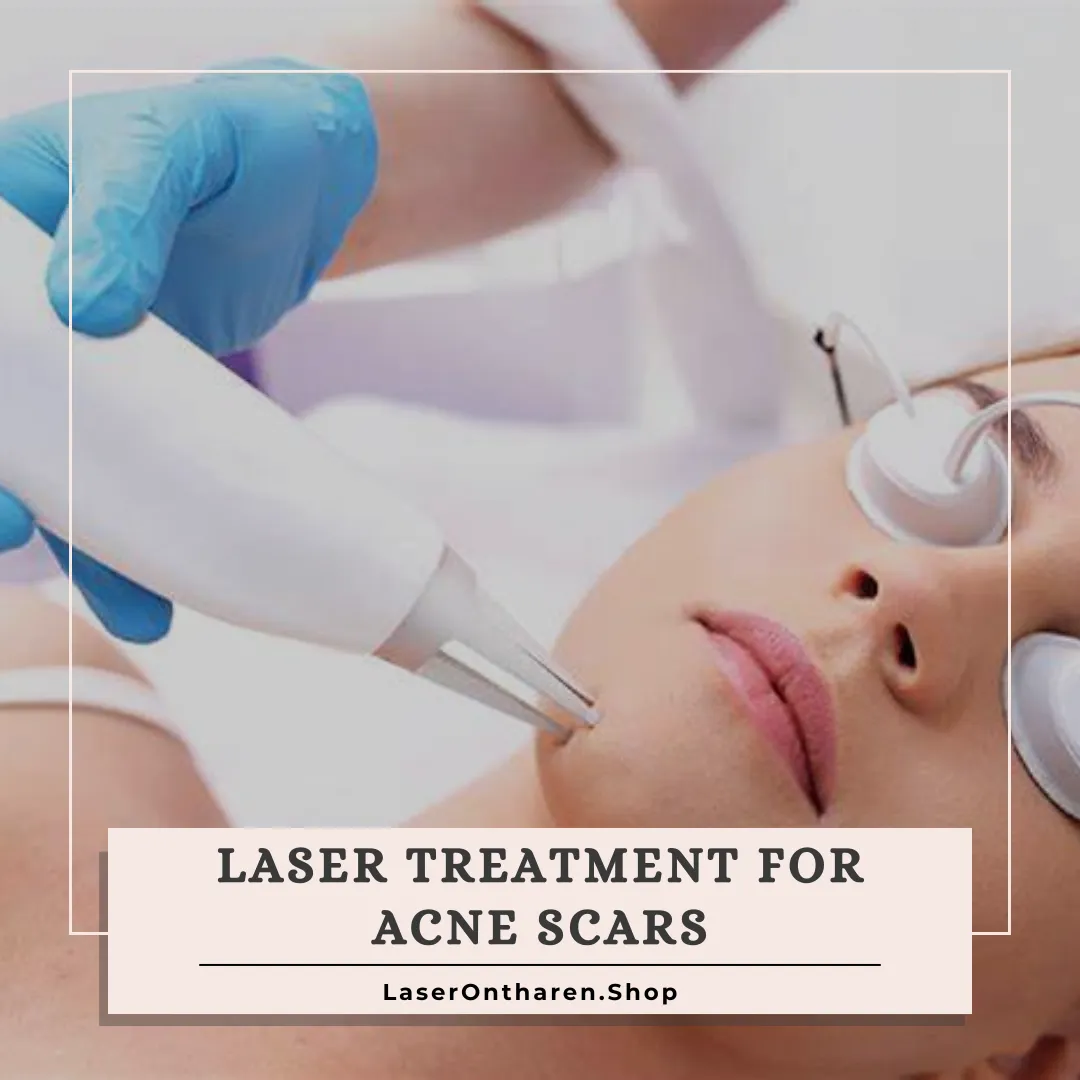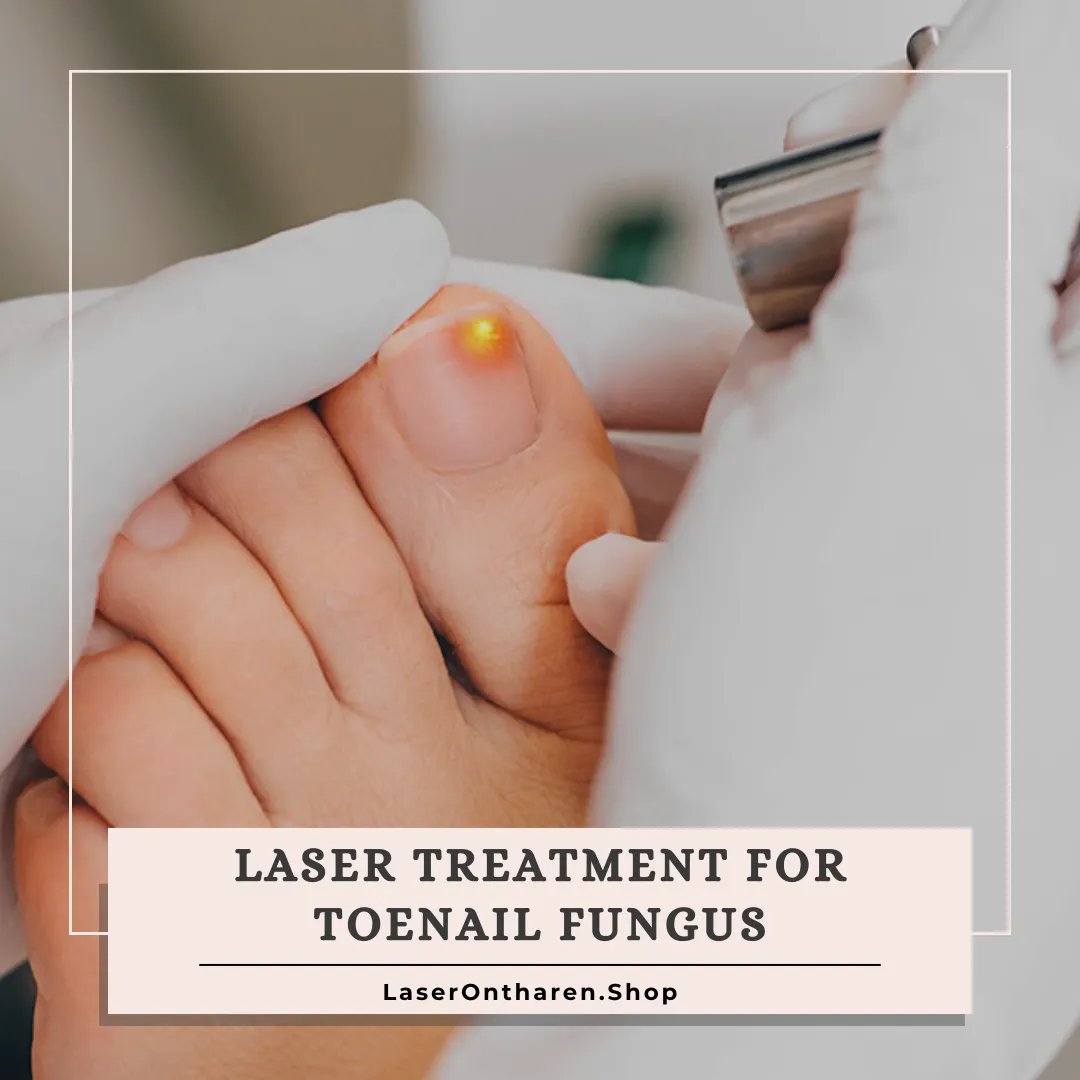In the realm of aesthetic treatments, laser technology stands out as a revolutionary method for removing unwanted hair and tattoos with precision and effectiveness.
Among the various types of lasers, the Alexandrite laser is particularly renowned for its efficiency and versatility.
This article delves into the world of Alexandrite laser treatment, highlighting its applications, benefits, and how it compares to other laser technologies.
For those looking to offer the best in laser treatments, our range of high-power laser machines, including the High-Power Diode Laser Ice Pro A+ and the Co2 Fractional Laser, provides top-tier solutions.
What is an Alexandrite Laser?
The Alexandrite laser is a type of laser treatment device that operates at a wavelength of 755 nm, situated in the infrared region of the light spectrum.
Its name derives from the alexandrite crystal used to generate the laser beam.
This technology is celebrated for its high absorption by melanin, making it particularly effective for hair removal and reducing pigmented lesions.
Its unique properties allow it to target the melanin in hair follicles and tattoo ink with unparalleled precision, reducing the risk of damage to the surrounding skin.
How Does an Alexandrite Laser Work?
Alexandrite lasers emit a wavelength of light that is absorbed by the pigment in the hair follicles or tattoo ink.
The light energy is converted into heat, which damages the target cells while sparing the surrounding tissue.
This selective photothermolysis ensures that hair growth is inhibited or the tattoo ink is broken down, allowing the body to naturally remove it.
The effectiveness of this process makes Alexandrite lasers a preferred choice for those seeking efficient results in fewer sessions.
What is an Alexandrite Laser Used For?
Primarily, Alexandrite lasers are used for:
- Hair Removal:
Ideal for individuals with light to olive complexions, it offers a permanent reduction in hair growth. - Tattoo Removal:
Effective in fading and removing tattoos, especially those with black and blue ink. - Skin Treatments:
Reduces pigmented lesions, such as age spots and freckles, enhancing skin texture and tone.
The versatility of Alexandrite lasers extends beyond these applications, providing comprehensive solutions for aesthetic concerns.
What Does the Laser Procedure Involve?
The procedure begins with a consultation to assess suitability and discuss the desired outcomes.
On the day of treatment, the area is cleaned, and a cooling gel may be applied to minimize discomfort.
The Alexandrite laser device is then adjusted to the specific parameters for your treatment, focusing on the targeted area.
Sessions typically last from a few minutes to an hour, depending on the treatment’s extent.
Post-treatment, patients can expect minimal downtime, with guidelines provided for aftercare to ensure optimal recovery and results.
In the next sections,
we will explore the side effects, treatment expectations, and comparisons with other laser technologies, along with an introduction to our advanced laser machines designed to enhance your treatment offerings.
Are There Any Side Effects of Alexandrite Laser Treatment?
While Alexandrite laser treatment is known for its safety and precision, some minor side effects can occur, similar to other laser therapies.
These may include:
- Redness and Swelling:
Commonly experienced immediately after treatment, typically subsiding within a few hours to a few days. - Skin Pigmentation Changes:
Temporary lightening or darkening of the skin, more prevalent in those with darker skin tones, usually resolves over time. - Discomfort During Treatment:
A sensation often described as a rubber band snapping against the skin, mitigated by cooling techniques and numbing creams.
It’s important to choose a provider that utilizes advanced laser technology and follows best practices to minimize these side effects.
Our High-Power Diode Laser Ice Pro A+ incorporates integrated cooling technology to enhance comfort and safety during treatments.
How Many Laser Treatments Can I Expect?
The number of treatments required varies based on the individual’s skin type, hair color, tattoo size, and color, as well as the treatment area.
Typically,
hair removal requires 3 to 6 sessions,
while tattoo removal might need 5 to 10 sessions,
spaced several weeks apart to allow for healing and the body’s removal of pigment or hair follicles.
Opting for advanced laser machines like our High-Power Diode Ice Laser Maxx – Double Lever can reduce the number of sessions needed due to its enhanced efficiency and power.
Is Alexandrite Better Than IPL?
Understanding the distinction between Alexandrite lasers and Intense Pulsed Light (IPL) systems is crucial for professionals aiming to provide the most effective hair removal services.
While both technologies are popular, they cater to different needs and offer varying levels of precision and efficacy.
Alexandrite Lasers
provide targeted, high-intensity light at a specific wavelength (755 nm), directly aimed at melanin in the hair follicles, making them highly effective for hair removal, especially in individuals with lighter skin tones.
The precision of Alexandrite lasers allows for more effective energy use, resulting in fewer treatment sessions and reduced risk of side effects like skin pigmentation changes.
Furthermore, Alexandrite lasers can accommodate a faster treatment pace due to their higher repetition rate and larger spot sizes, making them suitable for treating extensive areas efficiently.
Intense Pulsed Light (IPL) Devices,
while offering a broader spectrum of light (500 nm to 1200 nm), lack the specificity of lasers.
This broad spectrum means that IPL devices can treat a wide range of skin conditions, including hair removal, by using different filters.
However,
the diffuse nature of IPL light makes it less effective at targeting hair follicles specifically, which can lead to more sessions required to achieve similar results to laser treatments.
Additionally,
IPL’s broad wavelength range and lower specificity can increase the risk of heat damage to the surrounding skin, especially in darker skin tones.
For clinics and professionals,
choosing between Alexandrite lasers and IPL systems boils down to your service offerings and client needs.
If your primary focus is on providing efficient and precise hair removal, especially for clients with lighter skin tones, Alexandrite lasers are the superior choice.
However, if you aim to offer a broader range of skin treatments and cater to a diverse clientele, IPL devices offer versatility but may require a larger investment in time and resources to achieve comparable hair removal results.
Investing in the right technology is paramount for the success of your practice.
Alexandrite lasers, with their specificity and efficiency, offer a compelling option for hair removal services, while IPL systems provide a versatile solution for a broad range of skin conditions.
Understanding these differences and how they align with your clinic’s goals will guide you in making the most informed investment.
What is Better: Alexandrite or Diode Laser?
When selecting a laser system for your practice, the choice between Alexandrite and Diode lasers is pivotal, each catering to distinct needs based on skin type, treatment area, and desired outcomes.
Understanding the technical nuances and operational capabilities of both laser types can help you make an informed decision that aligns with your clinic’s services and client demographics.
Alexandrite Lasers
Wavelength and Absorption: Alexandrite lasers operate at a 755 nm wavelength, which is near the optimal spectrum for melanin absorption.
This makes them exceptionally effective for hair removal in individuals with light to olive skin tones.
The high melanin absorption rate ensures efficient hair reduction with fewer treatments compared to other wavelengths.
Spot Size and Penetration Depth: Alexandrite lasers typically offer variable spot sizes, allowing for the treatment of both large areas quickly and small areas with precision.
The penetration depth is ideal for targeting hair follicles without affecting the deeper structures of the skin.
Pulse Duration and Flexibility: These lasers come with short to medium pulse durations, enabling them to shatter pigment and coagulate hair follicles effectively while minimizing thermal damage to surrounding tissues.
This pulse flexibility is crucial for customizing treatments based on hair thickness and skin sensitivity.
Applications: Beyond hair removal, Alexandrite lasers are effective for pigmented lesion removal and can be used for superficial vein treatment due to their melanin absorption properties.
Diode Lasers
Wavelength and Skin Compatibility: Diode lasers typically operate at wavelengths ranging from 810 nm to 1064 nm.
This range makes them suitable for a broader spectrum of skin types, including darker skin tones.
The longer wavelengths penetrate deeper into the skin, targeting the hair follicle at the root while bypassing the melanin in the epidermis, reducing the risk of skin pigmentation changes.
Spot Size and Treatment Speed: Diode lasers are known for their larger spot sizes and faster repetition rates, which can significantly reduce treatment time for large areas such as the back and legs.
This efficiency makes them a preferred option for busy practices looking to maximize patient throughput.
Cooling and Comfort: Advanced Diode systems, like the High-Power Diode Ice Laser Maxx – Double Lever, incorporate sophisticated cooling mechanisms that protect the epidermis and make treatments more comfortable for patients.
This is particularly important for treatments in sensitive areas or for clients with lower pain thresholds.
Versatility and Cost-Effectiveness: Diode lasers are versatile, offering settings that can be adjusted for hair removal, skin tightening, and sometimes even vascular lesions.
Their adaptability across a wide range of treatments and skin types can make them a more cost-effective option for practices looking to invest in a single machine that serves multiple purposes.
Making the Right Choice for Your Practice
The decision between an Alexandrite and a Diode laser should be guided by your client base’s specific needs, your treatment offerings, and operational considerations.
Alexandrite lasers are unmatched in speed and efficacy for lighter skin tones, making them an excellent choice for practices with a predominately fair-skinned clientele. In contrast, Diode lasers offer unparalleled versatility and safety for a wider range of skin types, including tanned and dark-skinned patients, making them a versatile workhorse in diverse settings.
Additionally,
consider the technical support, training, and warranty options available with each system.
Manufacturers like those of the Co2 Fractional Laser provide comprehensive support to ensure your investment is protected and your team is fully equipped to use the technology to its fullest potential.
By carefully evaluating these factors, you can select a laser system that not only meets your current needs but also positions your practice for growth and success in the competitive landscape of laser treatments.
Our Alexandrite Laser Solutions
At Laser Ontharen, we understand the importance of providing state-of-the-art laser treatments.
Our selection of laser machines, including the versatile High-Power Diode Laser Ice Pro A+ and the powerful High-Power Diode Ice Laser Maxx – Double Lever, are designed to offer unparalleled efficiency and comfort.
For those seeking advanced skin resurfacing and tattoo removal capabilities, our Co2 Fractional Laser stands out as a superior option.
Discover how our laser solutions can elevate your treatment offerings:
- High-Power Diode Laser Ice Pro A+
- High-Power Diode Ice Laser Maxx – Double Lever
- Co2 Fractional Laser
Conclusion
Alexandrite laser treatment offers a compelling solution for those seeking efficient, versatile, and safe options for hair removal, tattoo reduction, and skin enhancement.
By choosing the right technology, such as the Alexandrite, Diode, or Co2 lasers, you can provide your clients with outstanding results, minimizing discomfort and maximizing satisfaction.
Explore our range of laser machines to find the perfect fit for your clinic’s needs and help your clients achieve their aesthetic goals with confidence.
